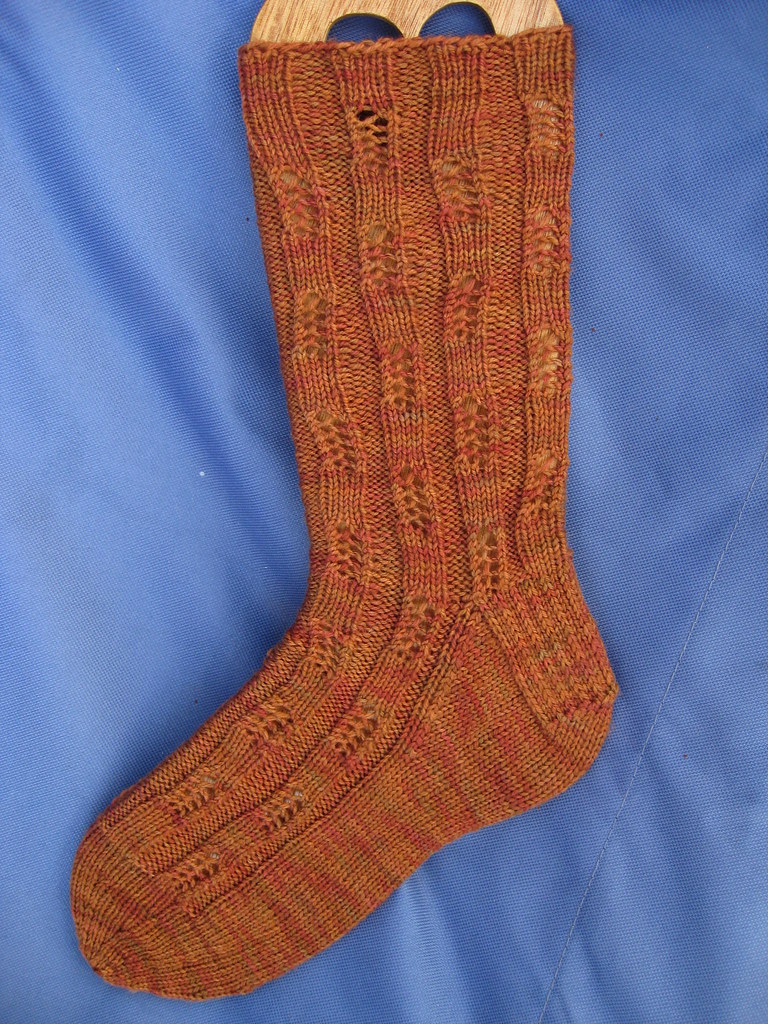The highlight of this past weekend for me was a visit to AlpacaFest West. The name says it all – loads of lovely alpacas of all colors and kinds, fiber on the hoof. And so gorgeous. Just look at that cutie little face . . . 
As much as I have read descriptions of the two types of alpaca – Suri and Huacaya, it took an up-close-and-personal look to get the idea across. This guy with the dreadlocks is a Suri – 
And these two lovelies are Huacayas. They're even fluffier than they look in the picture -- 
Although there were a dozen or so vendors selling fiber, yarn, garments, etc., the focus of the show was on the competition. The alpacas were judged in different classes based on age, gender, type, and probably some other stuff I've forgotten. Here's one lineup waiting for the judge to check them out -- 
It was fascinating to watch all the different alpacas parade past and to listen to the judge explain her reasons for ranking one higher than another. "Conformation" was important. And fleece, of course! And evidently the shape of the jaw was a factor as well.
Here's one happy winner in the "two year old males" category. I was rooting for him because of that stunning cinnamon color. -- 
And a special thanks to Ranch of the Oaks for posting a notice of this event on Ravelry. 
They had all sorts of lovely goodies. If you look closely, you will see a table piled up with yarn in the back of the booth. Not just alpaca either. And the ball bands were usually labeled with the name of the animal the fiber came from. I love that.
Altogether a perfect day.



























